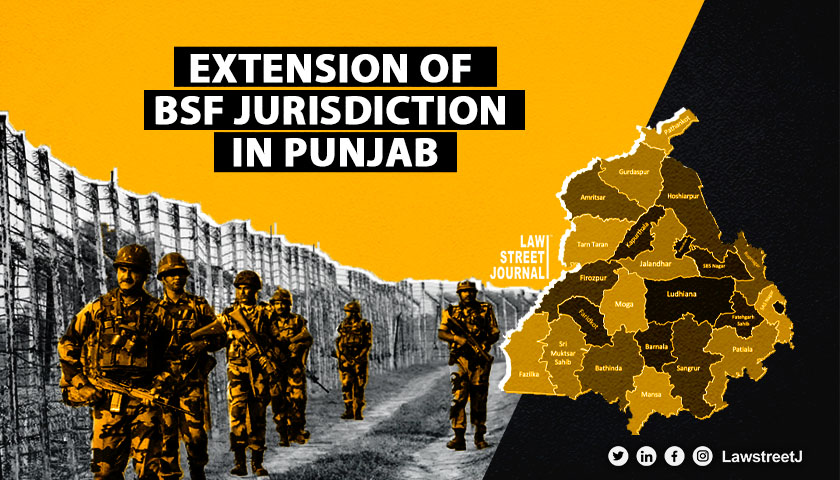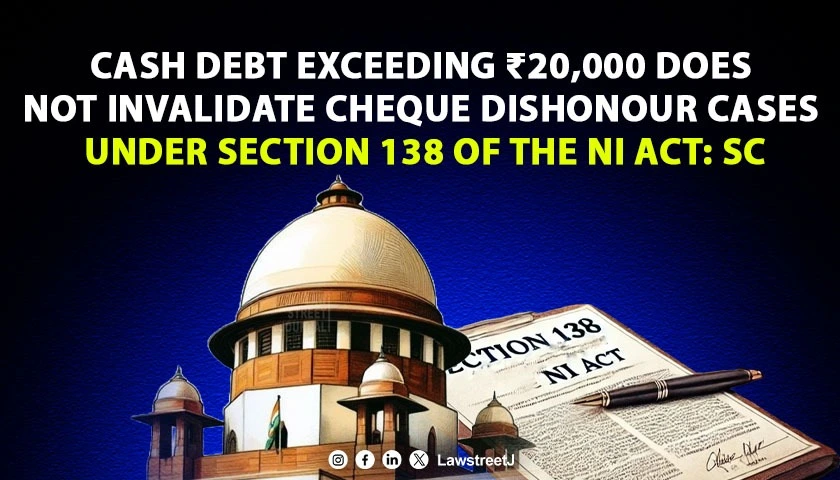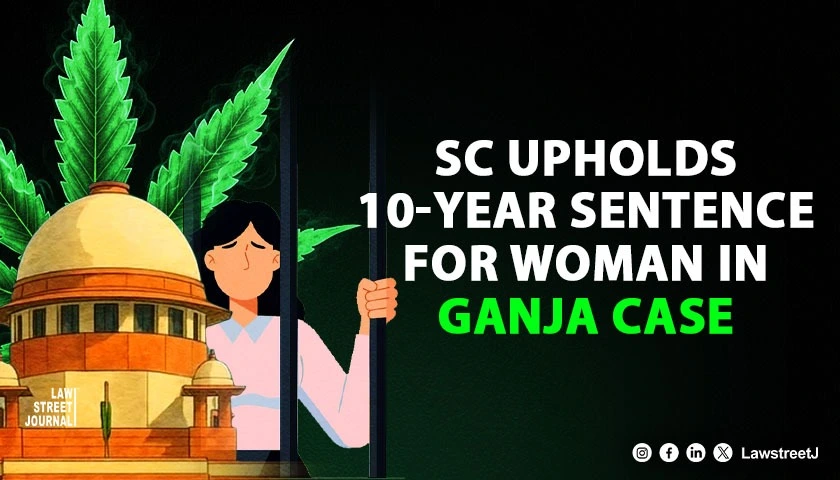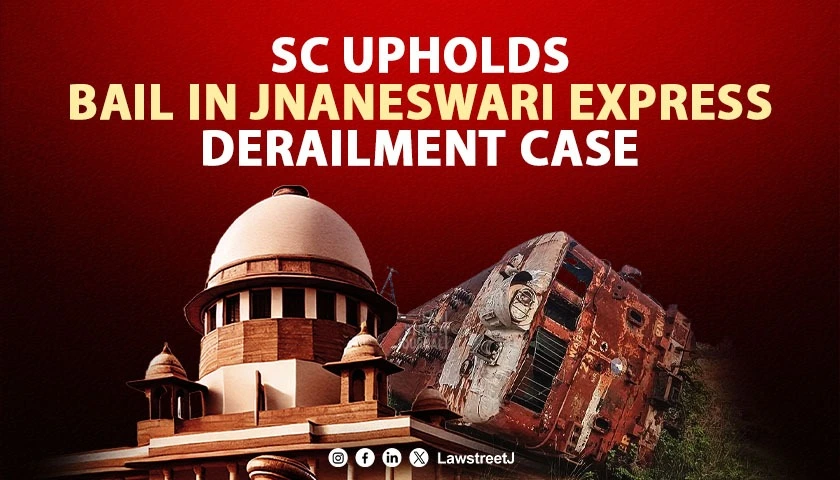Punjab, the land famed for its vibrant culture and agricultural prosperity, is grappling with a dire crisis that overshadows its golden wheat fields: rampant drug addiction. This affliction is not confined to the fringes of society but permeates through its very core, affecting educated, employed individuals and devastating countless lives across the state.
In the streets of Punjab, tragic scenes unfold daily with alarming regularity: young men and women injecting drugs openly, police officers turning to crime to feed their addictions, and families torn apart by violence fueled by drug-induced desperation.
Disturbing videos from Punjab show people struggling to stand… Read Tweet
A 20-year-old college student from Ludhiana, for instance, has been driven to prostitution to support her drug habit, illustrating the severe social and moral decay stemming from this epidemic.
The state’s proximity to Pakistan, sharing a 553-kilometer border, has positioned it as a prime conduit for narcotics flowing from the notorious Golden Crescent—where Afghanistan, Iran, and Pakistan converge. Here, drugs like heroin (locally known as "Chitta") and other narcotics are manufactured before making their way into Punjab, facilitated by a network that includes the complicity of foreign agencies like the ISI.
Smugglers employ a variety of ingenious methods to breach one of India’s most fortified borders. Drones, a recent and increasingly popular tactic, are used to airlift drugs across the border, with each drone capable of carrying up to 3 kilograms of narcotics. In just the past year, authorities have intercepted 250 of these drone deliveries, highlighting the scale and sophistication of this smuggling operation. Other methods include the use of plastic pipes to bypass electric fencing, the concealment of drugs in vehicle cavities amidst legitimate cross-border trade, and even direct river crossings in areas where physical barriers like fencing are absent.
On 10th July 2024, based on information shared by BSF intelligence wing regarding presence of a drone… Read Tweet
The human cost of this drug trade is catastrophic. A staggering 89% of drug addicts in Punjab are educated and literate, with 83% holding jobs, dispelling any myths that this is a crisis confined to the margins of society. The impact extends beyond individual addicts, affecting families and communities, and contributing to a broader socio-economic destabilization.
The impact of pop culture on Punjab's drug crisis cannot be understated. The local music and film industry, which once celebrated the rich cultural heritage of the state, now often glamorizes substance abuse, further exacerbating the problem. Lyrics in popular Punjabi songs and scenes in movies frequently depict drug use as a symbol of affluence and a lifestyle aspiration, influencing impressionable young minds. Psychiatrists and social scientists point out that this portrayal has significantly altered perceptions among the youth, making drug consumption appear 'cool' and acceptable.
The trend is disturbingly visible among the youth, who, influenced by these cultural cues, may start experimenting with drugs to emulate the lifestyles seen in media. This normalization of drug use in pop culture has undeniably played a role in perpetuating the drug epidemic, making the battle against narcotics in Punjab even more challenging.
Historically, the infiltration of drugs into Punjab is linked to a strategic doctrine adopted by Pakistan following the 1971 Bangladesh Liberation War. This strategy, aimed at destabilizing India, involves "bleeding India with a thousand cuts," of which drug trafficking is a principal component. This nefarious plan supports not only the local drug economy but also funds separatist movements within Punjab.
Despite the Indian government's efforts, including the #DrugFreeBharat campaign and collaborative inter-state operations that have netted significant narcotics hauls, the challenge persists. Comprehensive action at the grassroots level is crucial to stem this tide. Awareness campaigns, enhanced border security, and community rehabilitation programs are essential components of this fight.
The unfolding tragedy in Punjab calls for immediate and decisive action. This crisis is not just a local issue but a national emergency that demands a united front to safeguard the future of the state's youth and, by extension, the entire nation. As the situation intensifies, it becomes increasingly critical to spread awareness and engage in meaningful dialogue about the devastating impact of drug trafficking. Only through collective effort and sustained engagement can we hope to combat and overcome this dire menace.

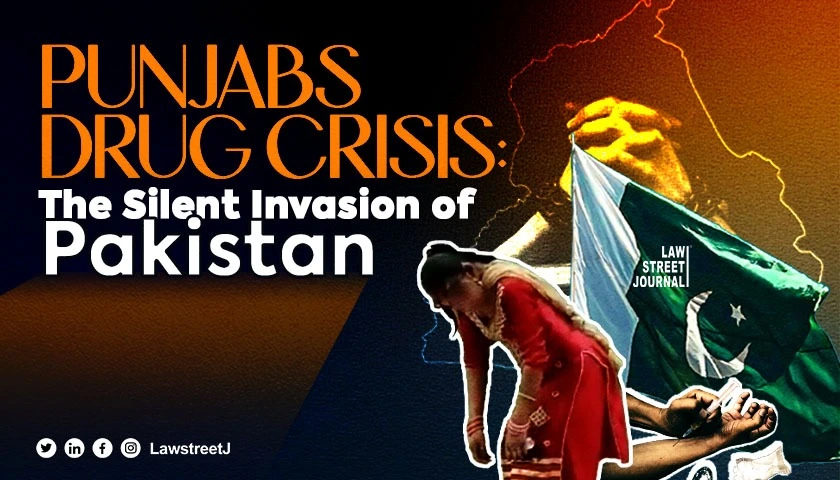





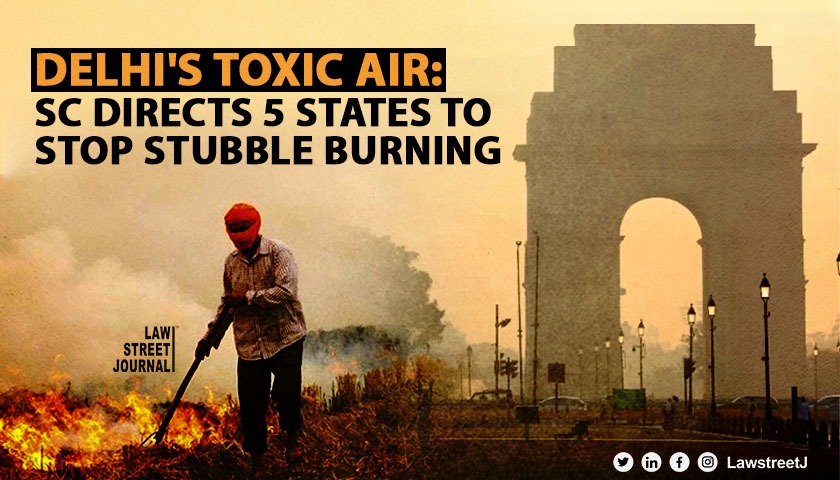
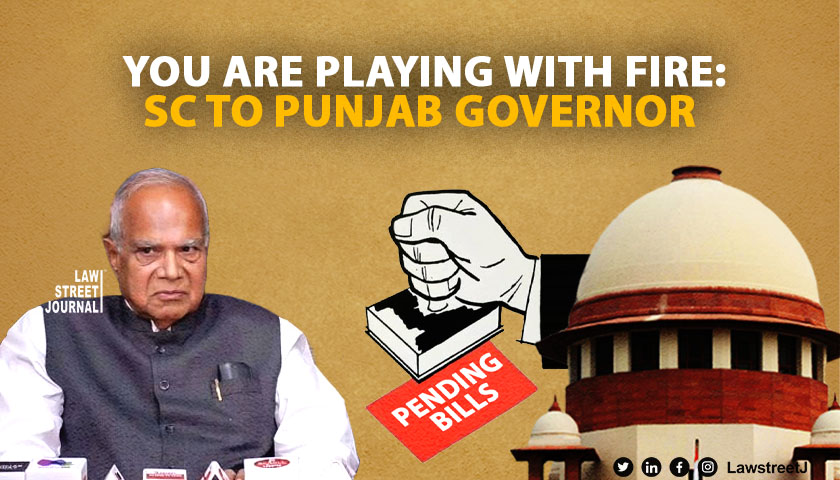
![Governor can't keep Bills pending indefinitely: Supreme Court [Read Judgment]](/secure/uploads/2023/11/lj_5620_Governor_cant_keep_Bills_pending.jpg)
